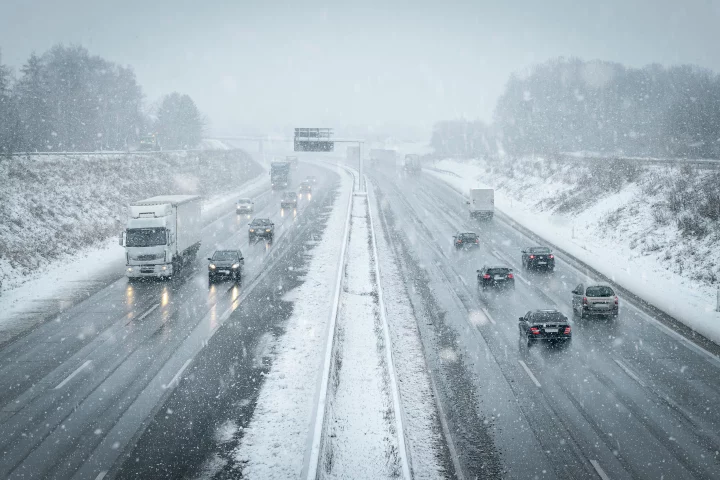Drexel University
-
For babies born with a certain heart defect, implantation of a "shunt" is essential to their survival. A new type of shunt can be expanded using light after it's been implanted, potentially eliminating the need for more heart surgeries down the road.
-
Incorporating a phase-change material into concrete, this self-heating material can melt snow and ice for up to 10 hours without any help. The novel product could reduce the need for plowing and salting and help preserve the integrity of road surfaces.
-
Analyzing the brain waves of improvising jazz musicians, researchers now understand how the brain achieves a creative flow state. The findings have practical implications for anyone wanting to get ‘in the zone’ to generate creative ideas.
-
Concrete may seem strong, but it can be surprisingly vulnerable to the elements. Now researchers at Drexel University have demonstrated a type of self-healing concrete embedded with “BioFibers” that use bacteria to patch up cracks as they form.
-
Engineers at Drexel University have made a breakthrough they say takes high-capacity lithium-sulfur batteries closer to commercial use, by leveraging a rare chemical phase of sulfur to prevent damaging chemical reactions.
-
Researchers at Drexel University have created “Faraday fabrics” that can block almost all electromagnetic waves. The key ingredient is a 2D material called MXene, and the development could help protect wearables from interference and people from potentially dangerous radiation.
-
Electromagnetic shielding is usually placed around electronics to prevent interference. Now, engineers have found that a 2D material called titanium carbonitride is excellent at the job, absorbing rather than reflecting electromagnetic waves.
-
New research is suggesting the claim that house plants improve indoor air quality is wrong. The research concludes it would take hundreds of plants in a small space to come close to the air-purifying effects of simply opening a couple of windows.
-
Concrete is made of a combination of cement, an aggregate such as gravel, and water. If that mixture dries too fast, then cracks can form within it as it cures. Now, however, scientists have determined that the use of coal-ash spheres can help keep that from happening.
-
When calcium chloride de-icer is spread on sidewalks or roads, it reacts with the calcium hydroxide in concrete, creating calcium oxychloride. Also known as CAOXY, this substance expands within the concrete, causing it to crack. Adding bacteria, however, may keep that from happening.
-
As crucial as antennas are, the rigid metals they’re made of can limit what devices they can be built into. To help with that, researchers at Drexel University have developed a new kind of antenna that can be sprayed onto just about any surface.
-
A team at Drexel University has used the two-dimensional material MXene to develop a new type of electrode, combining the capacitance of a regular battery with the speed of a supercapacitor, which could lead to devices that recharge in a matter of seconds.
Load More











